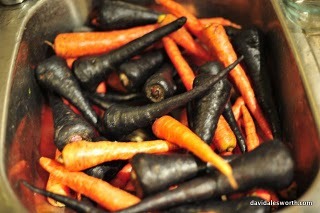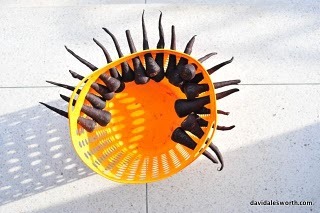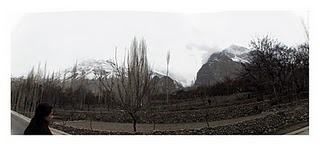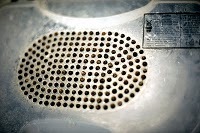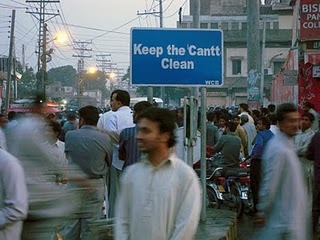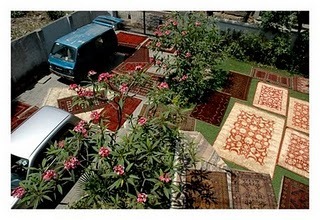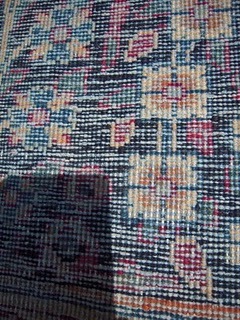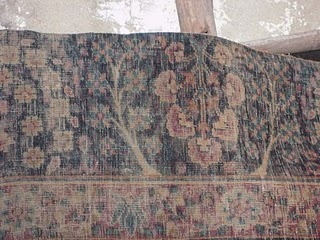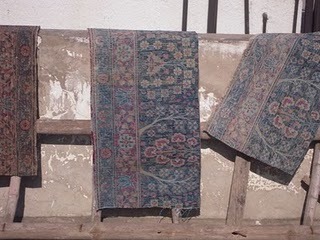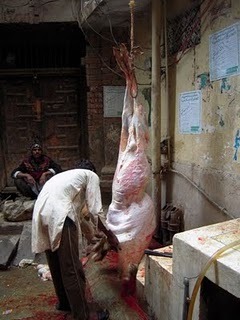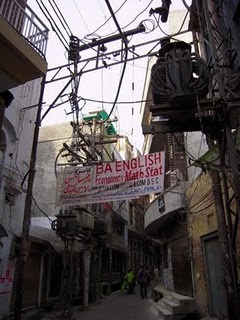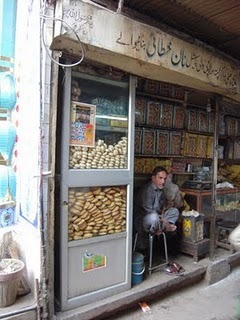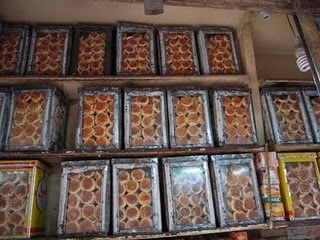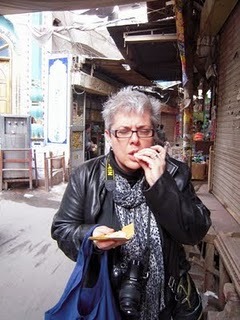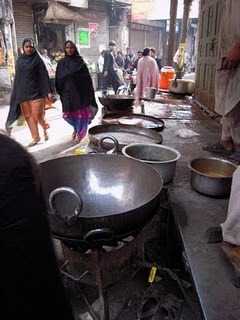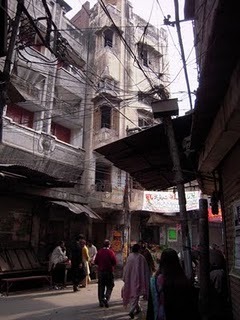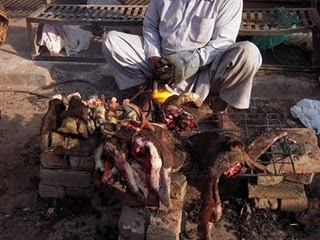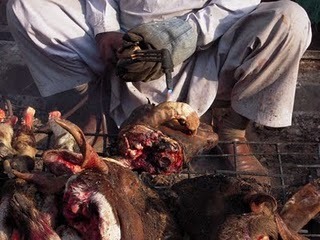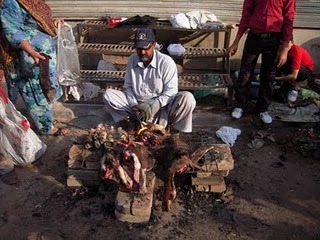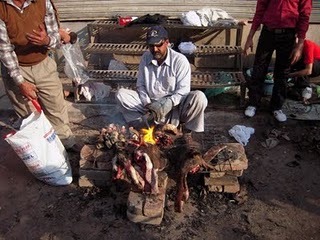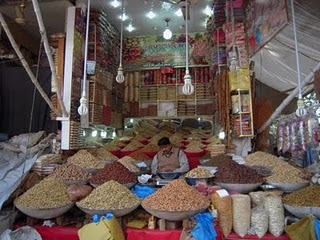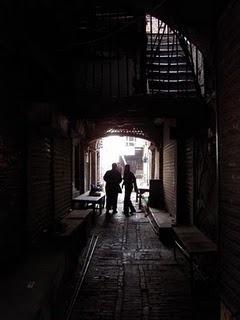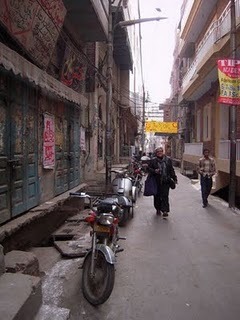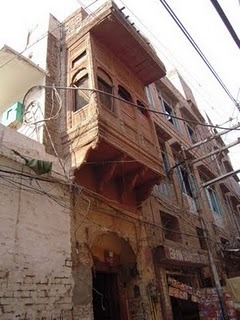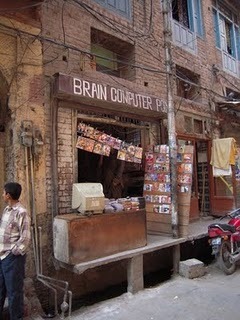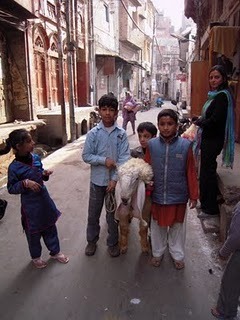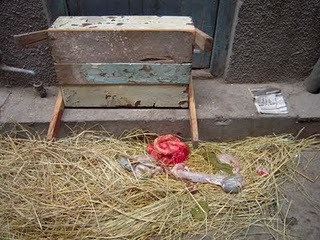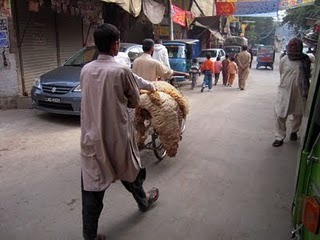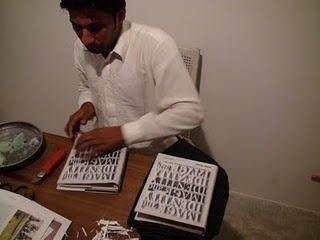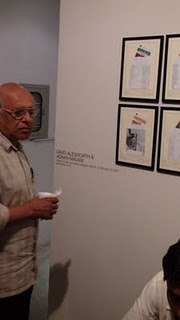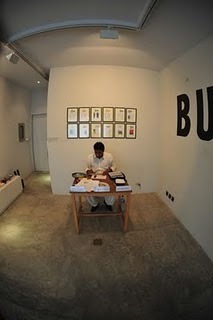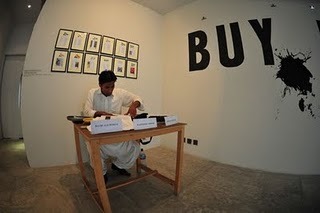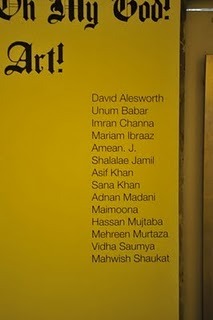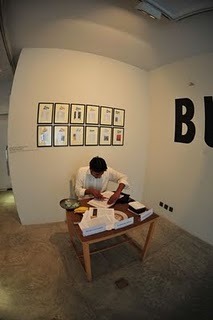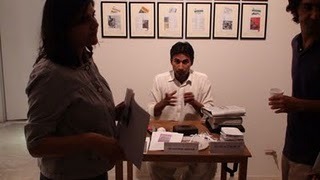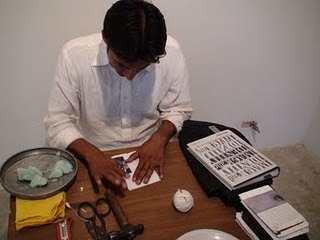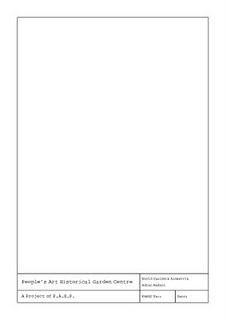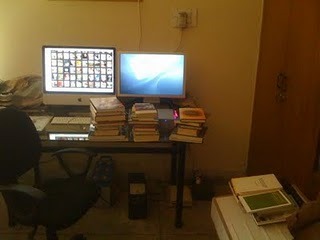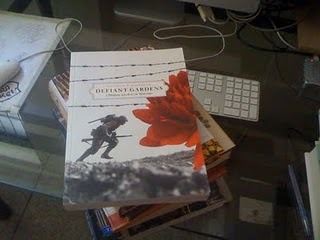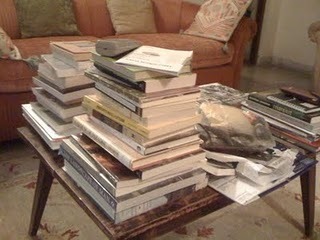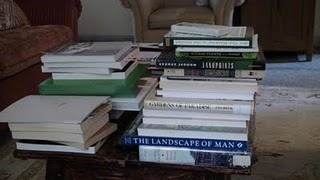| Petah Coyne: Above and Beneath the Skin |
|
| Imagine sculptures over ten feet tall, suspended from the ceiling and strangely encrusted with flowers, ribbons and birds, all dripping with a carpet of wax as if frozen in time. Imagine resplendent chandeliers, billowing veils, capes of red feathers and colossal bridal splendors. These are Petah Coyne’s “girls,” as she affectionately refers to her sculptures. Coyne’s creations are simultaneously figurative and abstract, elegant and brooding, organic and sophisticated. Through them, the artist explores the precariousness of human existence and the poignant proximity of beauty to decay, of vanity to transcendence.
Coyne belongs to a generation of sculptors—many of them women—who came of age in the late 1980s and forever changed the muscular practice of sculpture with their new interest in nature and a penchant for painstaking craftsmanship, domestic references and psychological metaphor. No longer did the corporate, fabricated geometry of minimal art dominate the medium. Coyne and her peers took flamboyant risks. Her work first came to attention in 1987, when she transformed a white gallery into an enchanted forest of forms made of (literally) carloads of roots and branches—and hay that the New York Fire Department insisted she remove. She has since used a wild range of materials: wood, hay, soil, tar, chicken wire, black sand, white powder, silk flowers, wax, taxidermy, ribbons, hair and even bird cages. Viewers easily become enchanted by the lush surfaces of her works, which are like three-dimensional vanitas images. Coyne’s references are historical and personal. Her sculpture is influenced by her careful study of art history—such as Dutch still lifes and baroque sculpture—as well as her observant religious upbringing.
The exhibition includes Coyne’s protean sculptures as well as a selection of her black-and-white photographs, studies in movement and form made with a self-styled pinhole camera as. A 132-page publication, designed by Studio Blue, with essays by organizing curator Douglas Dreishpoon and critics Eleanor Heartney and Nancy Princenthal, accompanies the project. Petah Coyne: Above and Beneath the Skin was the subject of a feature article in the New York Times on January 16, 2005, when it opened at the Sculpture Center, Long Island City, New York. The exhibition tour includes the Chicago Cultural Center; Kemper Museum of Contemporary Art, Kansas City, Missouri and the Albright-Knox Art Gallery, Buffalo, New York.
On January 20, from 6:30-7:30, SMoCA’s contemporary art lecture series ARTiculations featured Petah Coyne talking about her work with director Susan Krane. Made possible by the Eric Jungermann Family in memory of Eva S. Jungermann. Organized by the Albright-Knox Art Gallery, Buffalo, New York. Made possible through the generous support of Toby Devan Lewis. Sponsored locally by FMH Foundation, Eric Jungermann and Family, Sara and David Lieberman, Sandy Okinow, Phyllis and Richard Stern and the SMoCA Salon. |

Petah Coyne, detail of Untitled #1103 (Daphne), 2002-2003 specially formulated wax, wax statuary with human and horse hair, ribbons, pigment, black spray paint, fabricated rubber, wired tree branches, curly willow, chicken wire, acrylic primer, silk flowers, bows, acetate ribbons, wire, feathers, plywood, metal hardware, pearl-headed hat pins and tassels, 77 x 83 x 86 inches. Collection of Julie and John Thornton. © Petah Coyne January 21, 2006- Gerard L. Cafesjian Founder’s Gallery and Michael and Ellie Ziegler Gallery, SMoCA |

